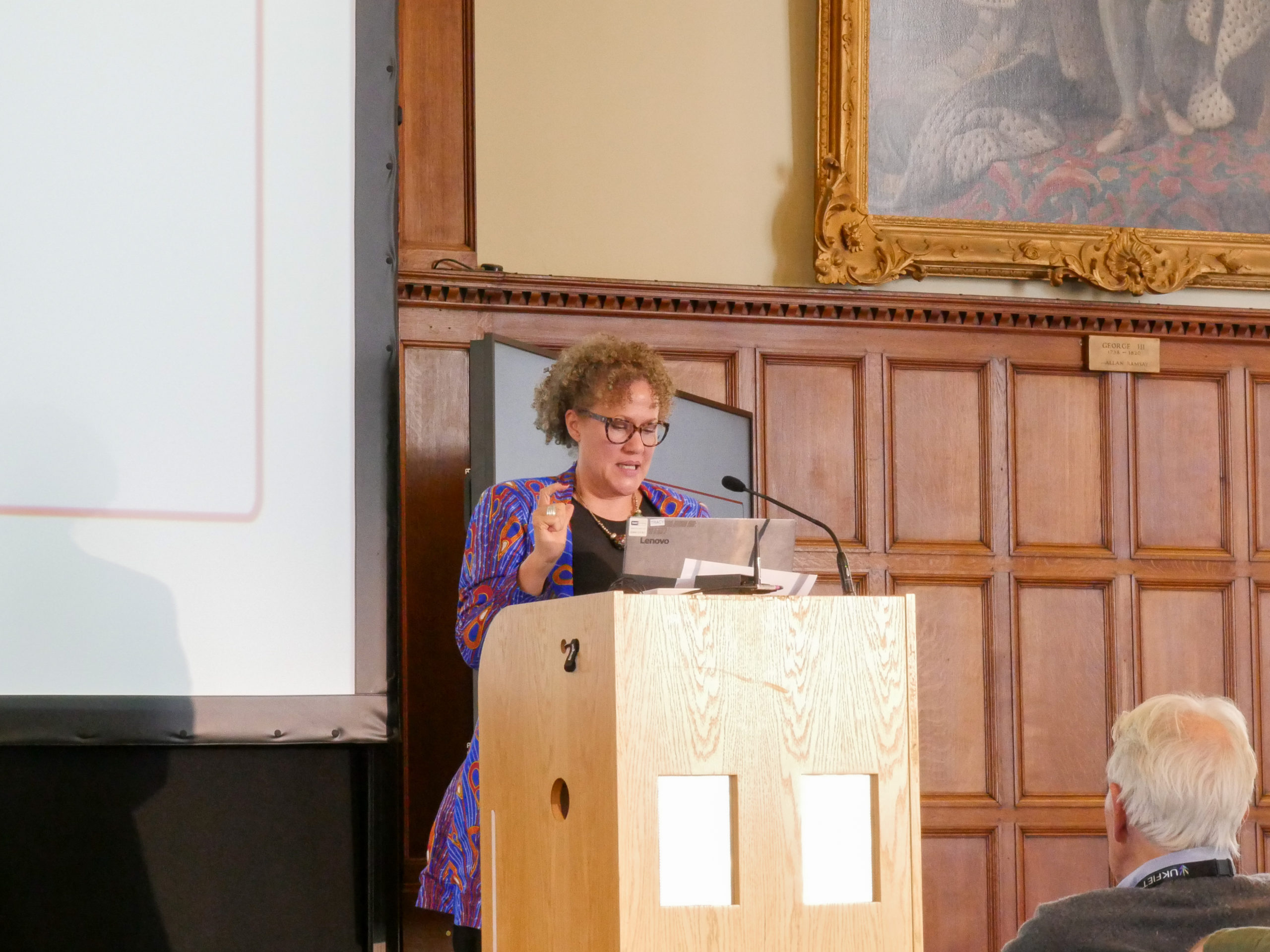Funding the Future: How Outcome-Based Financing can Strengthen Education Systems
NORRAG participated in the UKFIET 2025 conference in Oxford, held under the theme “Mobilising Knowledge, Partnerships, and Innovations for Sustainable Development through Education and Training.”
On Tuesday 17 September 2025, the session “Funding the Future: How Outcome-Based Financing can Strengthen Education Systems” explored the growing use of outcome-based financing (OBF) as a tool to improve educational outcomes and accountability. Bringing together perspectives from India, Rwanda, Sierra Leone, South Africa, and international initiatives such as the Education Outcomes Fund, the discussion examined both the potential and the limitations of OBF. Participants highlighted its ability to align incentives and drive measurable improvements, while also cautioning against risks such as fragmentation, misalignment with national priorities, and limited ownership by local actors.
- Outcome-Based Financing in Education – Learnings for Scale and Sustainability from India, Shraddha Iyer & Anushree Parekh (BAT)
- Cross-Country Comparison of Systems-Thinking in Education Outcomes Funds, Paul Wafer (EOF)
- Institutionalizing Outcomes: Designing OBF for Sustainable System Impact, Dayoung Lee & Gagandeep Nanda (Dalberg)
- Aligning Incentives for Impact: Leveraging OBF for Systems Strengthening, Shivakshi Rana (LLF)
Moira V. Faul was invited as discussant and she highlighted the importance given to systems by fellow presenters and the critical need to recognise that any Outcome Based Financing (OBF) is built on top of existing systems.
She posed two key questions for innovative financing mechanisms:
- Does this mechanism bring more money into the education sector? Or is there a substitution effect, with more traditional sources of financing leaving education as innovative finance comes in, as can be seen in recent donor decisions to reduce education sector ODA by 25%?
- Is this money better used and examined through the design and implementation? Mechanisms do not implement themselves, they are not necessarily implemented as designed, and they may not be designed to achieve learning outcomes.
She also underlined the importance of the type of outcomes: educational outcomes of learning, quality and relevance. Sometimes project outcomes according to a log frame or theory of change may be enrolment or retention—which are important steps towards learning—but are not learning. And also outcomes for whom? Outcomes for equity in society; outcomes that are strengthening government systems as reminded in the panel that day.
She concluded in stating that OBF is growing a great deal, particularly in the education sector, and as many innovative finance mechanisms of promises a great deal and there is still a need for more evidence for the key and outstanding questions NORRAG is a learning partner with several innovative financing implementers, funders, outcome measurement agencies, and we are available to become learning partners in your projects too. She mentioned the upcoming NORRAG Special Issue which will provide a state of the field analysis of where innovative financing currently is in education.
Moira Faul then facilitated a rich discussion among audience members, which highlighted:
- How to integrate performance management into public finance management as a systemic intervention?
OBF is more effective when government is an efficient and active contributor - Accountability to all of the concenrned stakeholders is hindered by a lack of published project and monitoring data
System reforms are at risk when political changes occur; sustainability requires strengthening existing teachnical institutions - Need to embed contextual needs into programme design, and check throughout implementation that this holds
- “System” is a scalable concept; need to think about systems within systems: classrooms, schools, districts, states, national, etc. Programmes must align with government priorities and be designed for long-term sustainability.
- Government systems are complex and take time to align with outcomes
- A programme can be delivered effectively using many different financing strategies; it is critical to measure the efficiency of the financial model separately from measuring educational effectiveness
- The need for deeper engagement with changemakers within government systems who have the power to make and sustain systemic change
- How might context-sentive systems strenghtening indicators be developed?
- How to modify OBF programmes that are not designed to align with government systems or support ownership?
- Uncertainty remains around applicability in fragile/conflict-affected states
- Challenges in supporting government-led OBF programmes
Since this type of financing is growing, Moira emphasised three key areas of focus in her closing remarks:
- How do we make sure—collectively, in each of our different roles that we have within education systems—that it is actually reaching for and achieving education outcomes: learning, relevance and equity.
- How do we make sure we’re learning along the way and gathering evidence of what it is achieving in terms of education outcomes, and how it can support moving towards learning, relevance and equity.
- When we ask the systems strengthening question, let’s ensure that we are not getting caught up in “how is OBF being strengthened within the system?”, but rather how OBF is strengthening national education systems for those goals that they seek to serve.

